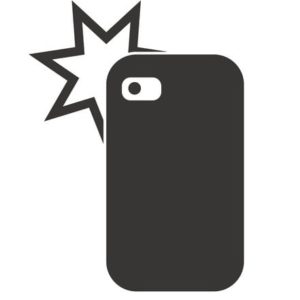“Essentially, this would involve projecting lasers from inside a display toward its surface at a variety of angles, and analyzing the deflection of that light caused by a user’s fingertips.”

A newly published patent application suggests Apple may be looking to VCSEL laser technology to enhance touchscreen interaction on future iPhones and iPads.
VCSEL – or Vertical Cavity Surface Emitting Laser – technology is a critical component of Face ID, the 3D face mapping technology used in Apple’s latest iPhones. It’s so important, in fact, that shortly after the launch of the first iPhone to feature Face ID, the iPhone X, Apple announced a $390 million dollar investment in one of its major VCSEL suppliers, Finisar.
Now, a patent filed in April of this year, and published this week by the US Patent & Trademark Office, details a system that would apply VCSEL technology to the monitoring of touch inputs on a mobile device. Essentially, this would involve projecting lasers from inside a display toward its surface at a variety of angles, and analyzing the deflection of that light caused by a user’s fingertips.
Not only would this allow the system to determine the finger’s distance in three dimensions, but it could also be used to detect the force with which a finger is pressing down on a display. As AppleInsider notes, this could enable functionality like letting a user rest their their fingers on a virtual keyboard without automatically registering unintended taps of a given virtual key.
This isn’t to say that such a system is definitely in the works, of course. Apple files a lot of patents, many of which pertain to technologies that never find their way into actual products or services. But given Apple’s evident interest – not to mention financial stake – in VCSEL technology, it may be worth paying special attention to its engineers’ interest in this particular area.
Source: AppleInsider, USPTO

Follow Us